By Kathryn Ruscitto
Friday, February 26, 2021

COVID-19 has taught us so many lessons, many of which we didn’t know we needed to learn. Some have been big surprises to organizations and others have helped to accelerate the work they do. In my world, board meetings, social events, fundraisers, conferences and educational forums have all worked in an online environment. We certainly lose some of the conversations and networking we experience in person but the expense, travel, time spent attending an event and the ability to interact from anywhere are big pluses.
I recently attended a Lyme disease research forum online that was hosted by State University of New York and organized by Saravanan Thangamani, MD. About 150 people attended, there were thirty presentations, materials were easily visible, and comments and questions were easily posted. It was an experience I am not sure would have happened at the same level in person.
“The online meeting allowed researchers like me to save time and resources on long-distance travel and reduce the carbon footprint,” Dr. Thangamani says. “Besides, increased participation and sharing information with a broader audience could not have happened if I had organized this meeting in a physical university building.”
On another day, I participated in a legislative breakfast via Zoom for a new organization. Ten elected officials attended without staff and then stayed to answer questions. It was efficient not having to travel to the event and the organization was able to share its message. The platform turned out to be a great way to educate.

Kathryn Ruscitto
I have also attended and helped plan five online fundraisers. I think it’s safe to say that while it’s helped during this time, it’s probably something we may discontinue when social events are able to return to normal. Organizations have tried hard to make the experience pleasant, but most people I have spoken with have had their fill of Zoom fundraising, although it may continue to work for organizations with a national reach.
So what are the implications for health care? Telemedicine has taken off, and software allows primary care physicians and specialists to more easily communicate and provide follow-up care and education for a wide range of health conditions.
Are all patients able to take advantage of this new world? Watching citizens attempt to register for COVID-19 vaccines has brought concern to this issue.
Sandra Sulik, MD, a family physician at St. Joseph’s Health with more than 27 years experience in the medical field, spoke about the importance of connecting with her elderly patients while keeping them safe at home.
“It not only allows us to continue the medical care for their chronic illnesses but also provides a touch-base point for many of the folks who live alone and are so isolated,” Dr. Sulik says. “Many of our visits are ideally suited to telemedicine, such as follow-up care for depression and anxiety and many other chronic illnesses that require mostly discussion.
“It does provide some challenges. Many situations require hands-on examination and of course that can’t be done via telemedicine. The technology, especially with the video visits, can be challenging for some clinicians and patients as well. Most of the time though, a really good visit can be accomplished.”
The reality is we are not going back to a pre-COVID-19 world, but we need to understand what has worked and what needs further analysis. How will we debrief these experiences and build toward a better future? This is an opportunity for our professional societies to explore.
Hopefully, we will see a return to a more normal environment later this year — let’s take the learning forward.
Kathryn Ruscitto, Advisor, can be reached on LinkedIn at KathrynRuscitto or through email at krusct@gmail.com


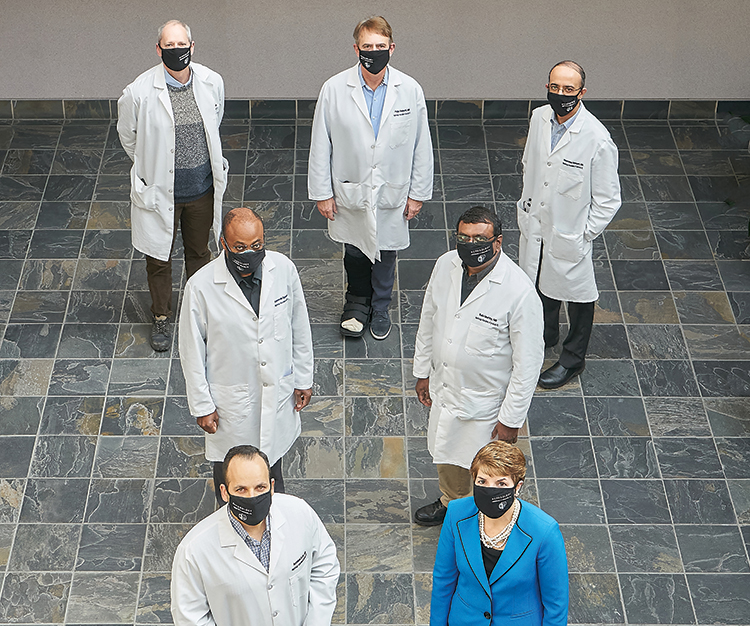
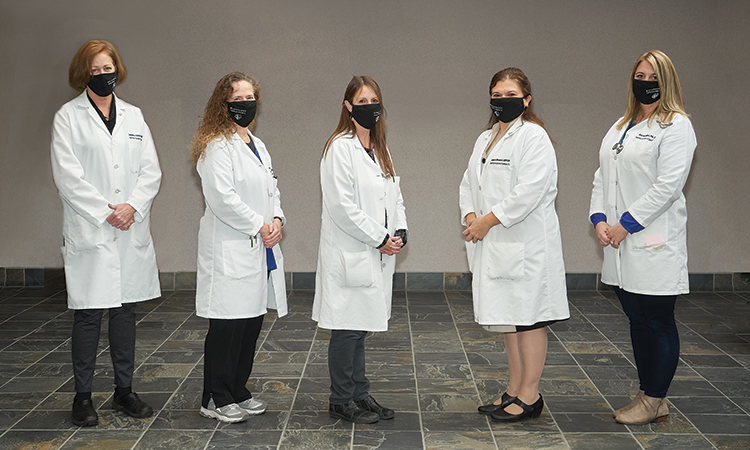
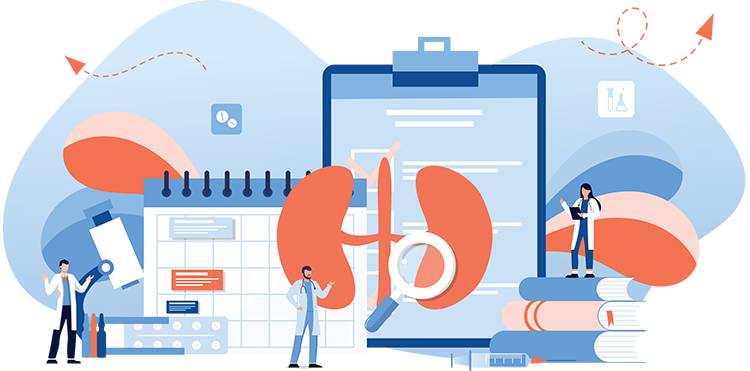
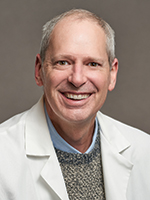 Matthew Chaffin, MD, Compliance Officer
Matthew Chaffin, MD, Compliance Officer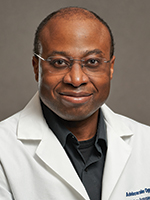
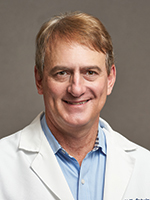
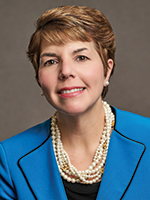
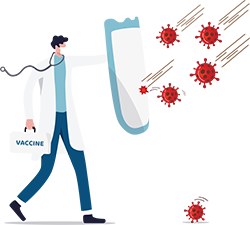
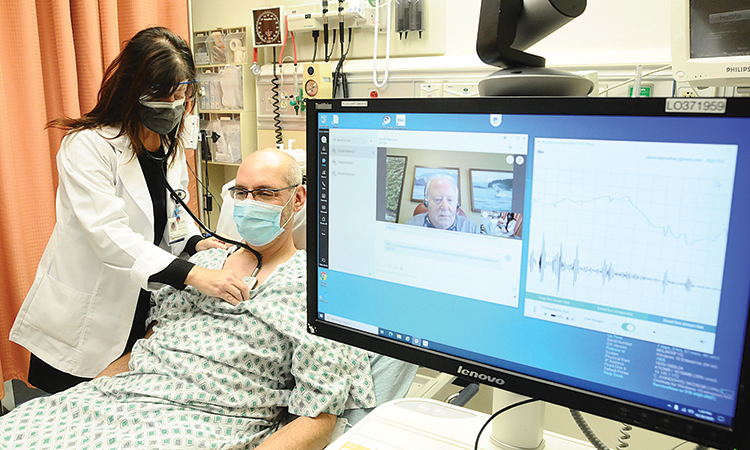
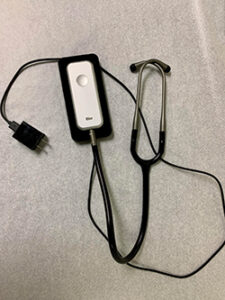 Bluetooth stethoscope
Bluetooth stethoscope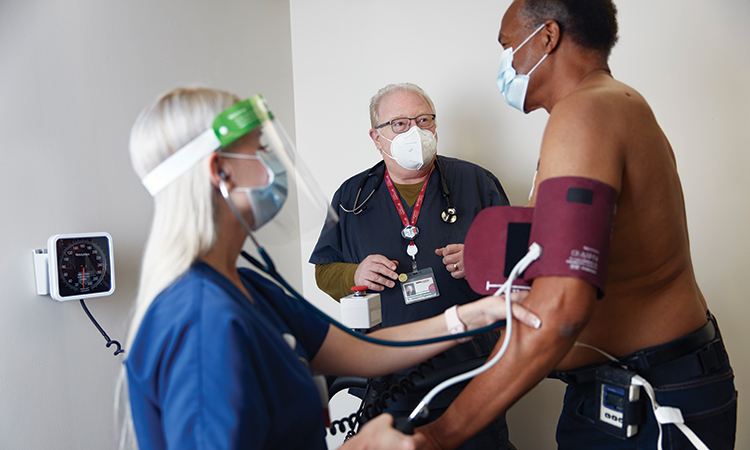




 Ruham Nasany, MD, is leading a multi-disciplinary team for the new Neuro-Oncology program.
Ruham Nasany, MD, is leading a multi-disciplinary team for the new Neuro-Oncology program.
 Satish Krishnamurthy, MD, leads the Neurosurgery department and is a funded researcher. In Fall 2020 he received a $324,000 DOD grant to find a pharmacological solution for hydrocephalus instead of repeated shunt surgery.
Satish Krishnamurthy, MD, leads the Neurosurgery department and is a funded researcher. In Fall 2020 he received a $324,000 DOD grant to find a pharmacological solution for hydrocephalus instead of repeated shunt surgery.
 Robert Beach, MD, monitoring patient Amyee Rodriguez of Gouverneur, New York
Robert Beach, MD, monitoring patient Amyee Rodriguez of Gouverneur, New York Frozen samples of brain cancer tumors can be carefully thawed, put in a nourishing medium and placed in a body-temperature incubator to bring them back to life at Upstate’s Brain Tumor Research Laboratory.
Frozen samples of brain cancer tumors can be carefully thawed, put in a nourishing medium and placed in a body-temperature incubator to bring them back to life at Upstate’s Brain Tumor Research Laboratory.



 Dr. Wickline (center) with Uday Myneni, MS, MBBS, MCH, and his resident team at the first annual arthroplasty conference in Hyderabad, India. Dr. Wickline performed the first anterior hip replacement with the HANA table, televised live to over 400 surgeons.
Dr. Wickline (center) with Uday Myneni, MS, MBBS, MCH, and his resident team at the first annual arthroplasty conference in Hyderabad, India. Dr. Wickline performed the first anterior hip replacement with the HANA table, televised live to over 400 surgeons. Feet are something most of us take for granted once we learn to walk — until the pain starts. If patients stand all day at their jobs, run dozens of miles every week or wear too-high heels for long periods of time, foot or ankle pain eventually creeps up on them. While many minor injuries can be fixed with time and rest, more serious injuries require expert help.
Feet are something most of us take for granted once we learn to walk — until the pain starts. If patients stand all day at their jobs, run dozens of miles every week or wear too-high heels for long periods of time, foot or ankle pain eventually creeps up on them. While many minor injuries can be fixed with time and rest, more serious injuries require expert help.
 In 1992, New York outlawed surrogacy contracts in large part due to the publicity surrounding the high-profile Baby M case in New Jersey where the egg of the surrogate was fertilized by the sperm of a man who was not her husband. After the child was born, the surrogate and her husband had a change of heart and refused to turn over custody of the child to the intended parent.
In 1992, New York outlawed surrogacy contracts in large part due to the publicity surrounding the high-profile Baby M case in New Jersey where the egg of the surrogate was fertilized by the sperm of a man who was not her husband. After the child was born, the surrogate and her husband had a change of heart and refused to turn over custody of the child to the intended parent.

 Nancy Page, Chief Nursing Officer at Upstate University Hospital, with the team
Nancy Page, Chief Nursing Officer at Upstate University Hospital, with the team Robert Corona, DO, MBA, Chief Executive Officer of Upstate University Hospital, and Stephen Thomas, MD, Division Chief of Infectious Disease and Director of the Institute for Global Health and Translational Sciences, became trusted voices of the pandemic for Central New York. Both doctors gave interviews to local media, including Channel 9 TV.
Robert Corona, DO, MBA, Chief Executive Officer of Upstate University Hospital, and Stephen Thomas, MD, Division Chief of Infectious Disease and Director of the Institute for Global Health and Translational Sciences, became trusted voices of the pandemic for Central New York. Both doctors gave interviews to local media, including Channel 9 TV.
 Director of Transitional Care Diane Nanno, MS, CNS, RN, NE-BC, CCCTM, with the comfort care kit
Director of Transitional Care Diane Nanno, MS, CNS, RN, NE-BC, CCCTM, with the comfort care kit Patsy M. Iannolo, MD, PhD, PC, and Tina L. Finlayson, NP
Patsy M. Iannolo, MD, PhD, PC, and Tina L. Finlayson, NP
 Exam Room
Exam Room Patsy Iannolo, MD, PhD, PC
Patsy Iannolo, MD, PhD, PC Tina Finlayson, MS, FNP-BC
Tina Finlayson, MS, FNP-BC